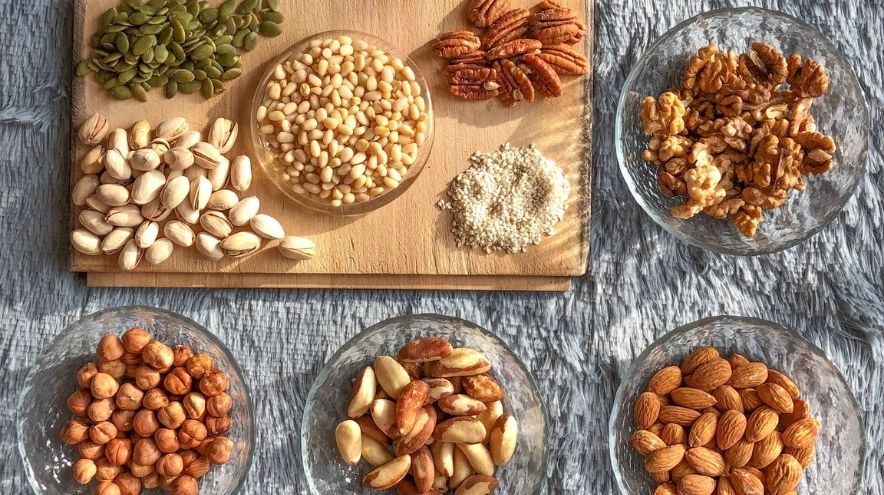Many people wonder about the best time to eat for fat loss, and timing plays a bigger role than most realize. While food quality matters, when you eat can influence hormones, metabolism, and appetite. Eating at the right times helps regulate insulin levels, reduce cravings, and improve energy balance. Aligning your meals with your body’s natural rhythm supports efficient fat burning. By focusing on meal timing, portion control, and metabolic health, you can transform how your body uses calories. This approach creates a sustainable system where food works with your body instead of against it.

Breakfast: Setting the Tone
Eating a balanced breakfast for fat loss jumpstarts metabolism and provides fuel for the day. Skipping breakfast often leads to mid-morning cravings and overeating later. A meal with protein, fiber, and healthy fats keeps blood sugar stable and reduces hunger. Examples include eggs with vegetables, oatmeal with nuts, or yogurt with seeds. Eating within two hours of waking supports better appetite regulation. Breakfast also helps maintain focus and productivity. When you start with a nourishing meal, your body responds by burning calories more efficiently throughout the day, creating the right foundation for fat-burning.
Lunch: Fueling Metabolism
The best time to eat lunch for fat loss is typically between 12 p.m. and 2 p.m. Eating during this window keeps metabolism active and prevents energy crashes. A balanced lunch with lean protein, whole grains, and vegetables supports satiety. When lunch is delayed, cravings for high-calorie snacks often rise. Meals like grilled chicken with salad or quinoa with roasted vegetables supply nutrients while keeping calories under control. Staying hydrated with water or herbal tea also prevents mistaking thirst for hunger. Consistency in lunchtime eating trains your body to expect steady fuel, which supports natural fat burning.
Dinner: Light and Early
Choosing the right time for dinner is crucial for fat loss. Eating a heavy meal late at night slows digestion and increases fat storage. The ideal dinner time is at least three hours before sleep. Light meals with lean protein and non-starchy vegetables work best. Examples include salmon with asparagus or tofu with stir-fried greens. This approach reduces overnight insulin spikes and promotes fat burning during rest. Keeping dinner smaller than lunch helps the body maintain balance. By ending the day with a light, nutrient-rich meal, you give your body space to repair, restore, and burn fat efficiently.

Snacking: Mindful Choices
Mindful snacking for fat loss prevents overeating and keeps hunger under control. Instead of processed foods, choose whole snacks like nuts, fruits, or yogurt. The best time to snack is mid-morning or mid-afternoon, when energy typically dips. These small meals keep metabolism steady and reduce the risk of binge eating later. Portion control is essential, as even healthy snacks can add extra calories if overdone. Drinking water or green tea before snacking often helps determine if it’s true hunger or just thirst. Mindful snacks provide balance and support a sustainable eating rhythm throughout the day.
Aligning Meals with Circadian Rhythm
The best time to eat for fat loss often aligns with the body’s circadian rhythm. Eating most calories earlier in the day and fewer in the evening supports metabolism. Research shows that the body digests food more efficiently during daylight hours. Early meal timing improves insulin sensitivity, reduces cravings, and enhances fat-burning. This means breakfast and lunch should carry more nutrients, while dinner remains light. Avoiding late-night eating prevents storing excess calories as fat. By listening to natural rhythms, you optimize digestion, energy, and weight control, making fat loss a consistent and realistic process.
Conclusion
Understanding the best time to eat for fat loss helps you align food choices with your body’s natural needs. Eating a protein-rich breakfast, a balanced lunch, a lighter dinner, and mindful snacks builds a sustainable pattern. When meals match your circadian rhythm, metabolism improves, and cravings reduce. Consistency matters more than perfection—small changes in timing make a big difference. By focusing on meal timing, hydration, and balance, fat loss becomes smoother and more natural. This approach not only supports weight management but also enhances energy, focus, and long-term wellness. Food timing truly shapes results.
